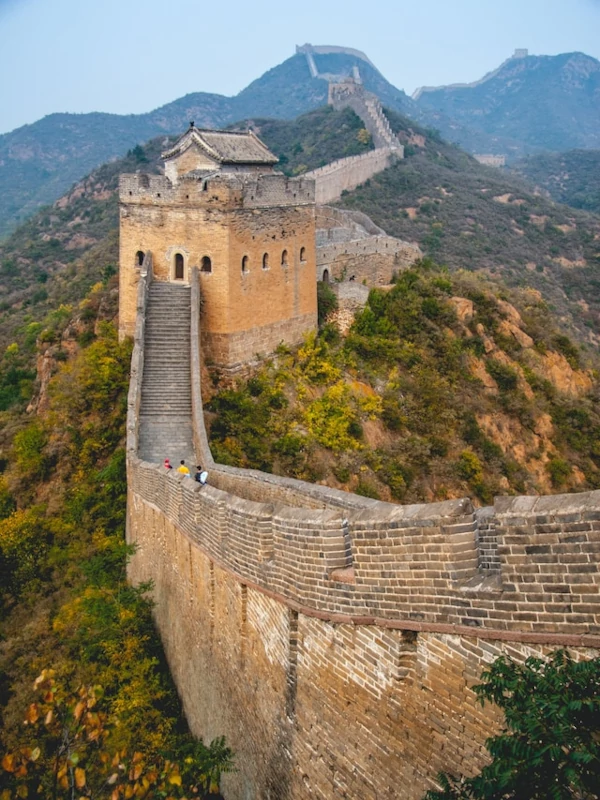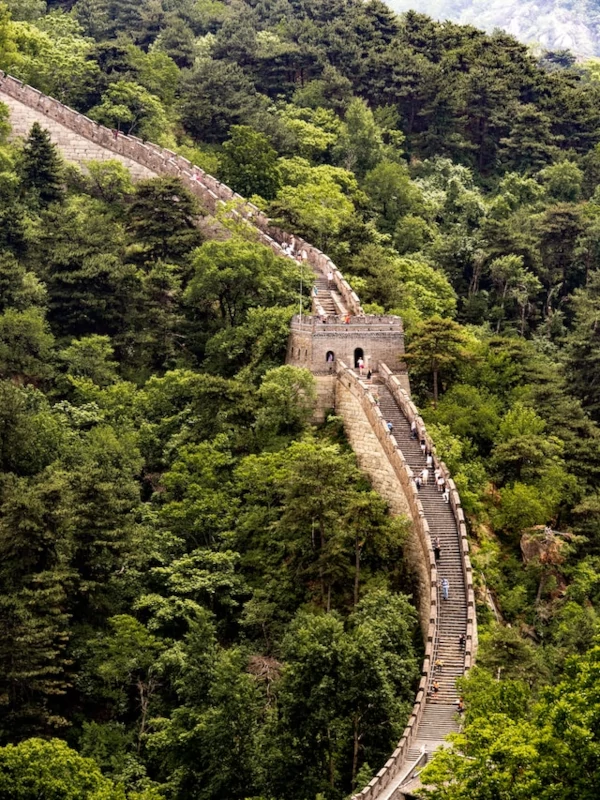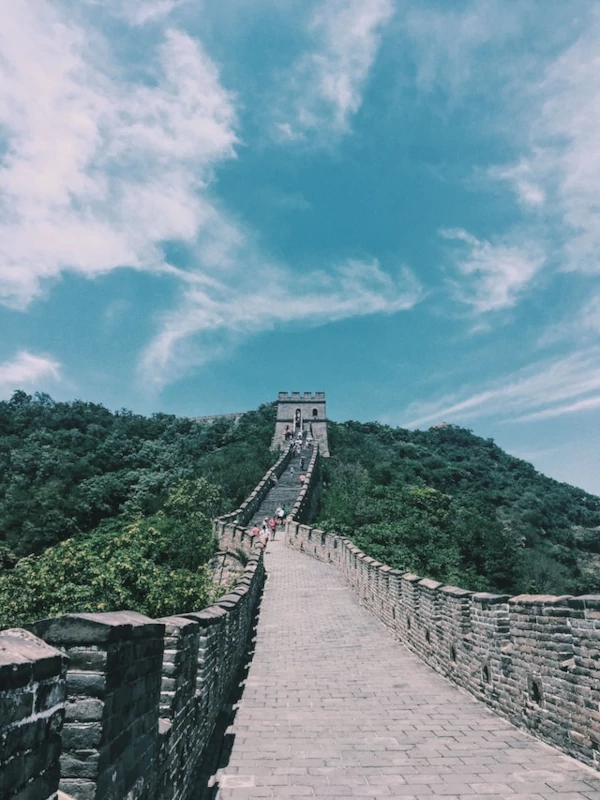The Great Wall offers a glimpse into China's rich past, with sections dating back over 2,000 years. Each brick and stone tell a story of ancient dynasties, battles, and the enduring spirit of the Chinese people. As you hike along its winding path, you'll encounter watchtowers, guard posts, and other architectural wonders that have withstood the test of time. The Great Wall National Park allows travelers to immerse themselves in the profound history of China while enjoying the beauty of its natural surroundings.
The national park is currently being developed, and the initial protected area covers approximately 60 square kilometers (23.2 square miles). On either side of the wall, there will be a little over 2 km of protection of the park's boundaries that will follow the Great Wall. The national park's most popular and foundational section is the Badaling area of the Great Wall. This is the part of the wall that attracts the most people.
The Badaling area, which falls within the national park, is the only area which has been restored, with a distance of 3.74 km (2.3 miles) and 19 watchtowers. This wonder of the world can be experienced by seniors and the physically challenged through cable cars and elevators.








